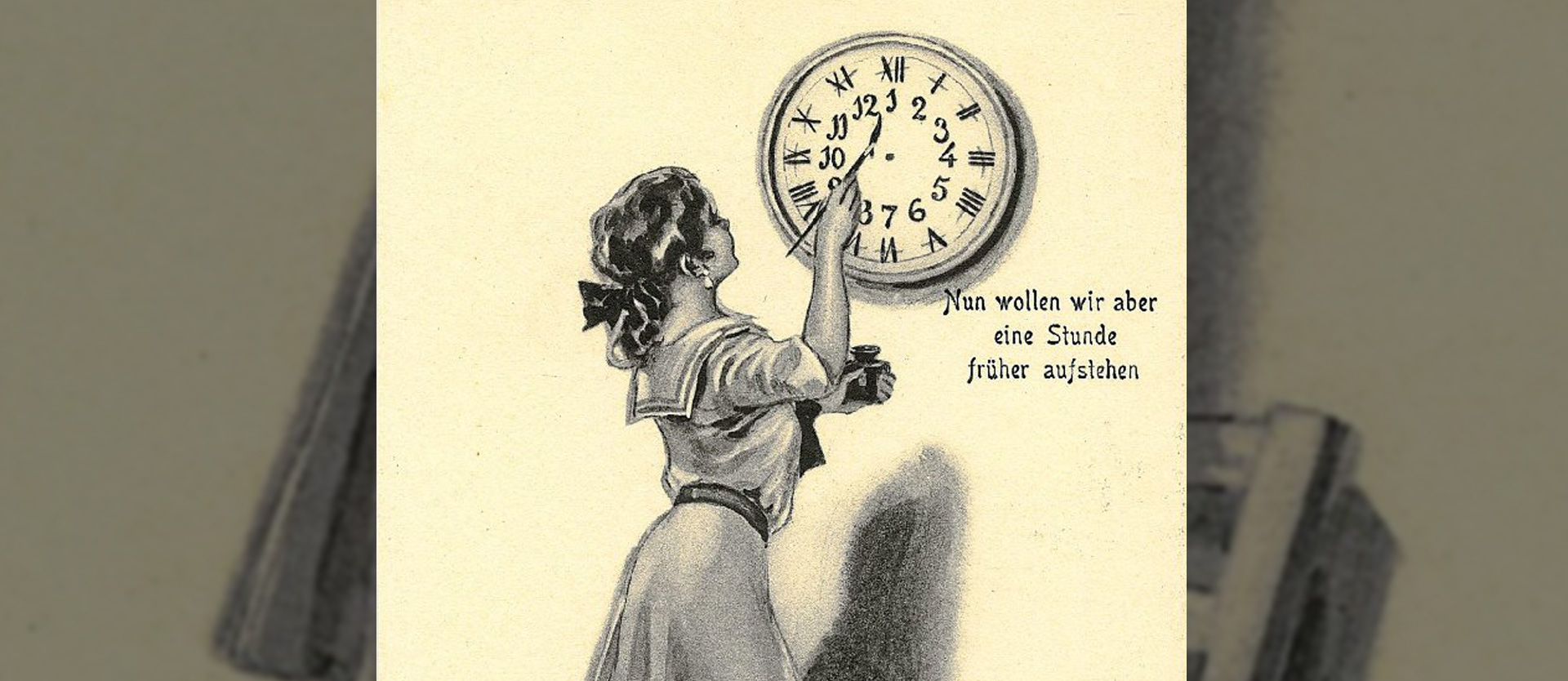
Who turned back the hands of time?
Interesting facts about the clock change

We are all familiar with this: in summer it gets light earlier and dark later, and in winter it is the other way around. While in the cold season we usually experience the onset of darkness during working hours and feel that the day has already come to an end, once spring sets in we go out into nature, to the beer garden or to the barbecue party even hours later. Light is life, even if metropolises like New York is known to never sleep.
Our time system is based on the fact that when the sun is at its zenith, it is 12:00 noon and midnight sets in 12 hours later at 0:00. This was standardized worldwide at the end of the 19th century with the division of 24 global time zones based on geographical differences in longitude. At the same time, the idea arose to introduce seasonal time shifts to compensate for the deviating daylight hours.
Energy efficiency in times of war
Globally and for the first time, however, daylight saving time was introduced in the German Empire and Austria in 1916, in the midst of the First World War. Prior to this, there were concerns that if a uniform solution was not created for all surrounding countries, there would be significant difficulties, for example in regulating international rail traffic and also trade. Problems that at least the globetrotter of today knows how to master. In this respect the time of the war offered itself formally, since the international travel traffic came more or less to a standstill. This newly created regulation of time, which was intended to take advantage of the early dawn in summer by officially moving the time system forward by one hour in order to ring in the evening earlier, was intended to be more energy-efficient. It was assumed that those who get up early also go to bed earlier. This meant that the lights would stay off for an hour longer in the evening. And especially in times of war, when resources are scarce and valuable, this at least seemed like a good solution for saving energy for the general population. The argument for optimizing the energy balance, which continues to this day, was born! The opponents of the war did the same to the Germans in order to use this advantage for themselves. But as early as 1919, the Weimar Republic abolished daylight saving time, which had previously been introduced as a wartime measure. In the further consequence on global level the countries "experimented" with the time change, by which one still expected advantages with the energy consumption. In the USA, for example, this was even regulated differently from region to region and locally, which led to almost confusing and hair-raising conditions throughout the country. During World War II, daylight saving time was reintroduced in Germany in 1940 for tactical reasons. After the end of the war, it was even planned to bring it forward by two hours, probably in order to make better use of the productive daytime in the course of reconstruction. But in the end, with the founding of the two German states, the time changeover was completely ended.












